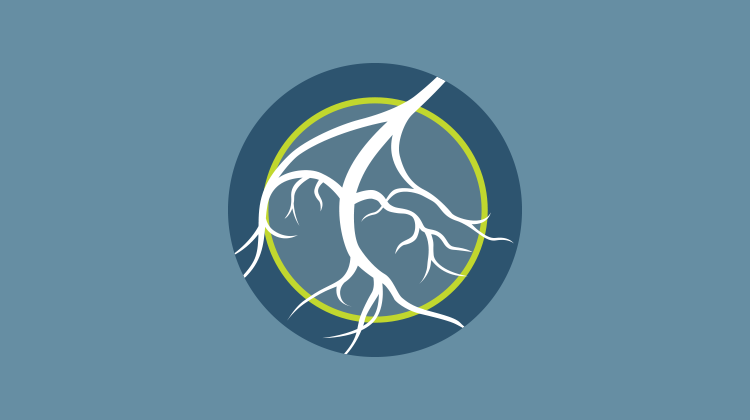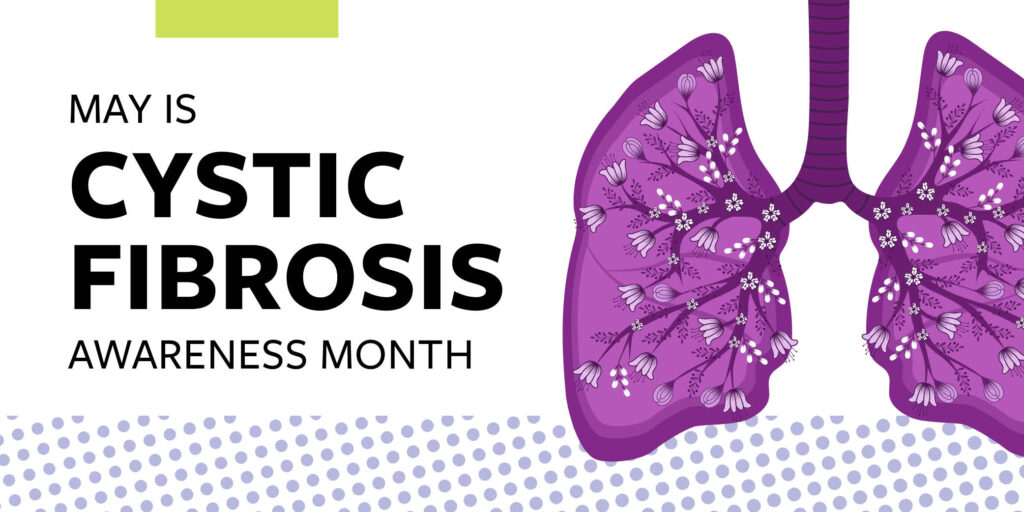Cryoglobulinemia
Cryoglobulinemia-related nerve damage
Cryoglobulinemia (which literally means “cold antibody in the blood”) refers to chemical properties of the antibodies that cause this disease. Cryoglobulins are antibodies that precipitate, or clump together, under cold conditions. People with cryoglobulinemia experience the characteristic symptoms – paleness, numbness, and pain in extremities, bleeding under the skin, and joint pain — when exposed to cold weather.
1/100,000
Cryoglobulinemia is a rare disorder with an estimated prevalence of about 1 in every 100,000 people worldwide
60%
Neuropathy is reported in 20% to 60% of patients who have cryoglobulinemia associated with hepatitis B infection
90%
About 90% of cryoglobulinemias are type II or type III
There are several different types of cryoglobulins; each type is associated with different diseases and disorders, which may include cancer involving white blood cells, infections, autoimmune disorders, rheumatic diseases, vasculitis, kidney disease, hepatitis C virus infection, and peripheral neuropathy.
More than 90% of people with cryoglobulinemia also have a hepatitis C infection. Hepatitis C virus infection is primarily acquired by needle sharing and tainted blood products, and only rarely transmitted sexually. Treatment of the underlying hepatitis C virus infection may be an effective therapy for an associated peripheral neuropathy.
Symptoms & Signs
(Not all symptoms and signs may be present)
Symptoms are prevalent in cold weather.
- Blanching, pain, numbness in fingers and toes (Raynaud’s phenomenon)
- Bleeding under the skin (purpura)
- General weakness
- Joint pain
For peripheral neuropathy:
- Pain, numbness or tingling in the hands or feet
Evaluation & Tests
(Not all evaluation and tests may be necessary)
For peripheral neuropathy:
- Neurological exam
- Electromyography
- Nerve conduction velocity test
For cryoglobulinemia:
- Blood tests (including tests for hepatitis C virus and hepatitis C antibody and for presence of rheumatoid factor antibody)
- Liver function tests
Treatment & Therapy
(Not all treatments and therapies may be indicated)
For cryoglobulinemia:
- Corticosteroids
- Nonsteroidal anti-inflammatory drugs (NSAIDs)
- Interferon
- Immunosuppressive drugs (Cytoxan®)
- Plasmapheresis
For peripheral neuropathy:
- Discontinue drugs that cause peripheral neuropathy
- Pain medication
- Institute non-drug treatments to reduce pain, such as:
- Avoiding extended periods of standing or walking
- Wearing looser shoes
- Take safety measures to compensate for loss of sensation
- Ask your doctor about special therapeutic shoes (which may be covered by Medicare and other insurance)
Today, doctors are exploring a link between pre-diabetes (also known as impaired glucose tolerance or IGT) and peripheral neuropathy. Approximately 10% of adults in America have what is being called “pre-diabetes” or “borderline diabetes”—a condition where the body has higher than normal blood sugar levels, but not high enough to be diagnosed as true diabetes. If left untreated, people with pre-diabetes are at risk of developing type 2 diabetes, heart disease, and nerve damage (which could result in peripheral neuropathy.)
People with pre-diabetes or IGT can significantly reduce their risk of developing type 2 diabetes through diet, exercise and learning to control their blood sugar levels.
Symptoms
(Not all symptoms and signs may be present)
People with IGT often have no symptoms. People who actually have diabetes—and who therefore are at greater risk of developing peripheral neuropathy—often don’t realize it because the symptoms of diabetes come on so gradually. Pre Diabetic symptoms and its complications include:
- Frequent urination
- Blurred vision
- Constant thirst
- Fatigue
- Frequent infections
- Cuts and bruises that heal slowly
- Tingling or numbness in the hands or feet
Tests
(Not all evaluation and tests may be necessary)
To test for pre-diabetes:
- Blood test
- Oral glucose tolerance test
Treatments
(Not all treatments and therapies may be indicated)
- Over-the-counter pain medication for mild pain
- Take safety measures to compensate for loss of sensation.
- Ask your doctor about special therapeutic shoes (which may be covered by Medicare and other insurance).
The first sign of diabetic neuropathy is usually numbness, tingling or pain in the feet, legs or hands.
Over a period of several years, the neuropathy may lead to muscle weakness in the feet and a loss of reflexes, especially around the ankle.
As the nerve damage increases, the loss of sensation in the feet can reduce a person’s ability to detect temperature or to notice pain. Because the person can no longer notice when his/her feet become injured, people with diabetic neuropathy are more likely to develop foot problems such as skin lesions and ulcers that may become infected.
Diabetic neuropathy may suddenly flare up and affect a specific nerve or group of nerves. When this occurs, the result may be weakness and muscle atrophy in various parts of the body, such as involvement of the eye muscles or eyelid (e.g., causing double vision or a drooping eyelid) or thigh muscles. Alternatively, neuropathy caused by diabetes may slowly progress over time. It also can interfere with the normal functioning of the digestive system and sexual organs.
Symptoms
(Not all symptoms and signs may be present)
- Numbness, tingling, or pain in the toes, feet, legs, hands, arms, and fingers
- Indigestion, nausea, or vomiting
- Diarrhea or constipation
- Dizziness or faintness due to a drop in blood pressure especially when rising to a standing position
- Problems with urination
- Erectile dysfunction (impotence) or vaginal dryness
Tests
(Not all evaluation and tests may be necessary)
- Comprehensive foot exam
- Physical examination
- Neurological exam
- Electromyography
- Nerve conduction velocity test
- Quantitive sensory testing (QST)
- Nerve or skin biopsy
- Blood studies (to verify diabetes (e.g., HbA1C) and to rule out other potential causes)
Treatments
(Not all treatments and therapies may be indicated)
The goal of treatment for diabetic neuropathy is to relieve discomfort and to prevent further tissue damage. The first step is to bring blood sugar levels under control by diet and medication. Another important part of treatment involves taking special care of the feet.
- Over-the-counter pain medication for mild pain
- For severe pain, take over-the-counter pain medication or prescription drugs used for peripheral neuropathy, on a regular basis—rather than waiting until nighttime when symptoms can become more severe
- Keep blood sugar levels in normal range
- Get regular exercise
- Maintain a healthy weight
- Antidepressants (for pain relief)
- Foot care: inspect your feet daily for injuries
- Special Therapeutic shoes (which may be covered by Medicare and other insurance)
- Take safety measures to compensate for loss of sensation
Resource library
Read our newsletter and explore educational brochures to help expand your knowledge of peripheral neuropathy.







